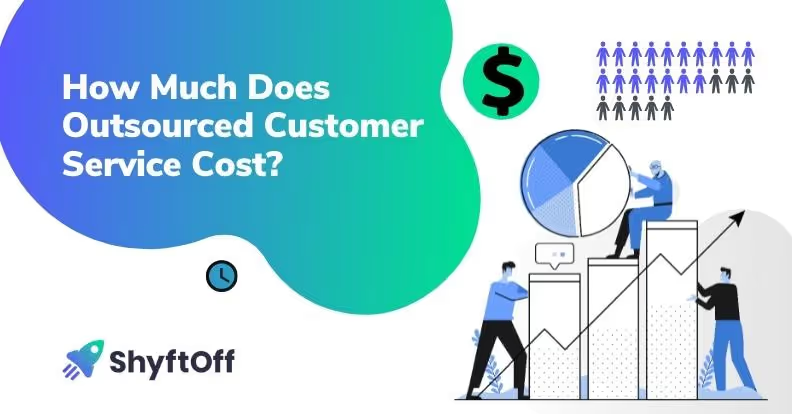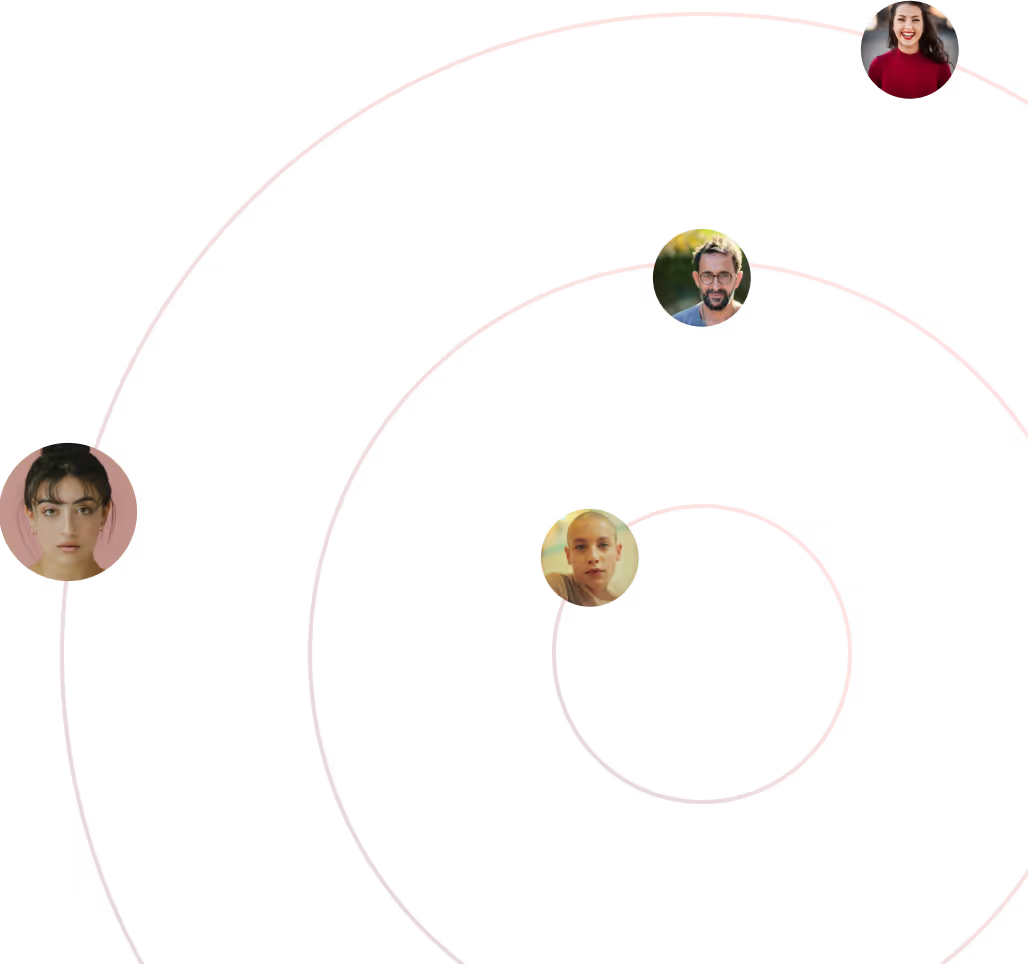TL;DR
- According to Statista, the average cost of outsourcing a contact center is around $23 per hour per agent.
- From our experience, we see this range anywhere from $16 - $43 per hour, depending on the contact centers' needs and the complexity of their operations. This range considers both offshore and onshore talent.
- There are three pricing models for outsourcing, per-hour rates, per-minute rates, and per-call rates.
What is the typical cost of outsourcing?
When it comes to outsourcing contact center work, there are a few different pricing models that are commonly used.
Those models are:
- per-hour rates
- per-minute rates and
- per-call rates.
Pricing models may look different for companies depending on the type of service they provided, how complex their customer inquiries are, and the volume of outsourced work.
According to Statista, the average cost of outsourcing a contact center is around $23 per hour per agent. This is an estimated standard rate for ‘per-hour’ pricing. From working with tons of contact centers and BPOs, we see this range anywhere from $16 - $43 per hour, depending on the contact centers' needs and the complexity of their operations. This range considers both offshore and onshore talent.
Most outsourcing is done through qualified and experienced providers. Later in this article, we share what to look for in a key outsourcing provider and, more specifically, one who does GigCX well.

How does GigCX work compared to traditional outsourcing?
The difference between GigCX and traditional outsourcing is how they staff and manage their contractors. Traditional outsourcing leverages a centralized team of employees who work as full-time or part-time employees of an outsourcing talent company. Companies also leverage outsourcing companies to hire full-time staff that works in a physical location.
GigCX is a decentralized workforce that consists of freelancers who work on a project-to-project basis. At ShyftOff, projects are considered 30-minute shifts. GigCX is more flexible and scalable than traditional outsourcing as it enables businesses to staff their contact center to reflect customer demand.
GigCX is designed to specialize or complex customer service tasks, such as technical support or product troubleshooting (thanks to the kickass talent pool).
When most people think of outsourcing, they often times think of offshore talent who are great for handling high volume but may not have the experience to manage complex issues. Contact centers need to understand their customer base. This will determine the best path when identifying an outsourcing solution that works best for your teams.
How does GigCX lower operational costs?
- Reduced overhead costs: Most GigCX agents use their own equipment to do the job. As a result, companies don’t have to spend money on overhead expenses such as office space, equipment, and utilities. This can result in significant cost savings compared to traditional contact center outsourcing models.
- Improved efficiency: Some GigCX companies power their gig-based agents with AI and chatbot technology to improve the level of service they provide to customers. By using these advanced technologies, companies can increase efficiency and improve resolution time on customer issues. The less time the agent takes to do the work, the cheaper it is for the business.
- Flexibility and scalability: Using GigCX agents helps companies cut out the cost and logistics required to hire and train new employees. GigCX providers like ShyftOff can work with companies to develop training and effectively dozens, even hundreds of agents ready and available to support their customers. Contact centers can also avoid the costs of over and understaffing with GigCX’s flexibility.
- Pay for performance: In GigCX models, agents are typically paid only for the time they are actively working rather than for a full shift, regardless of productivity. Most full-time agents are paid for breaks, long idle times, and lunches. With GigCX, you only pay for agent time in the windows you have calls or customer contact. This helps companies avoid paying for unproductive downtime.
Why Use GigCX for Outsourcing?
- Seasonal peaks in customer service demand: Many companies experience seasonal spikes in customer service demand, such as during the holiday shopping season. Rather than hiring numerous full-time employees to handle this increased workload, a company could outsource with a GigCX provider to quickly and easily scale up their customer service operations as needed without incurring the costs of hiring and training new employees.
- Specialized or complex customer service tasks: Some contact center tasks, such as technical support or product troubleshooting, require a high level of expertise that may not be available in-house. By outsourcing these tasks to a GigCX provider, a company can access a distributed workforce of highly skilled freelancers who can provide specialized support.
- Scalable support that makes everyone happy: By outsourcing customer service tasks to a GigCX provider, a company can staff its contact center perfectly every time. In turn, this creates an environment an in-house team and contract team both want. You can create ideal schedules for your in-house team and fill in the gaps with your GigCX team. It’s a win-win for everyone.
If you’re exploring optimizing your contact center model with GigCX, chat with our team today. At ShyftOff, we help companies improve their operating model with a fully-managed, on-demand workforce.
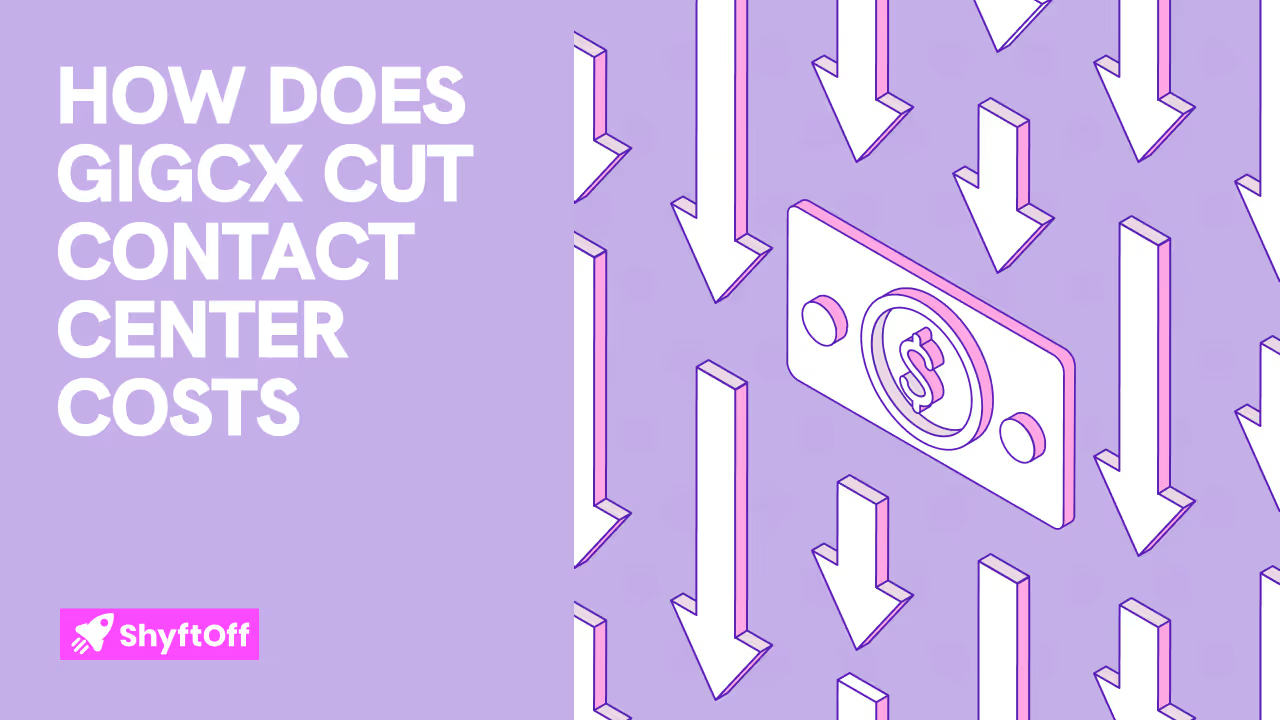

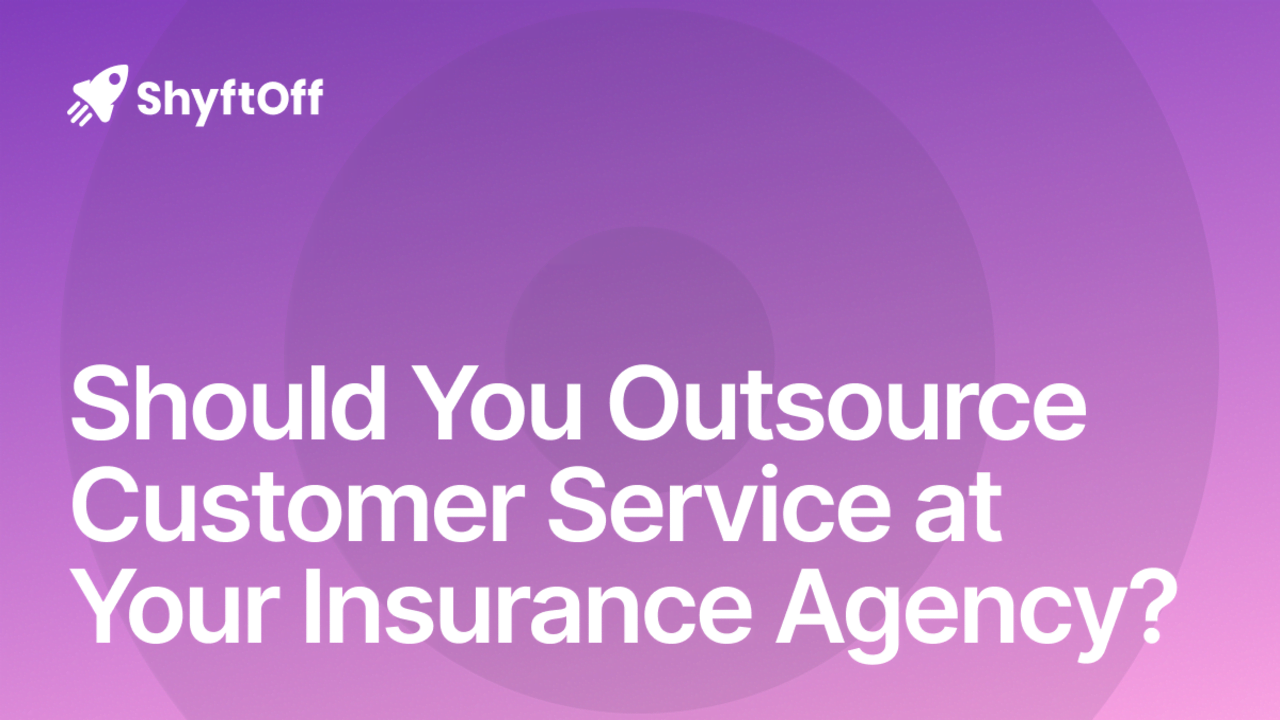
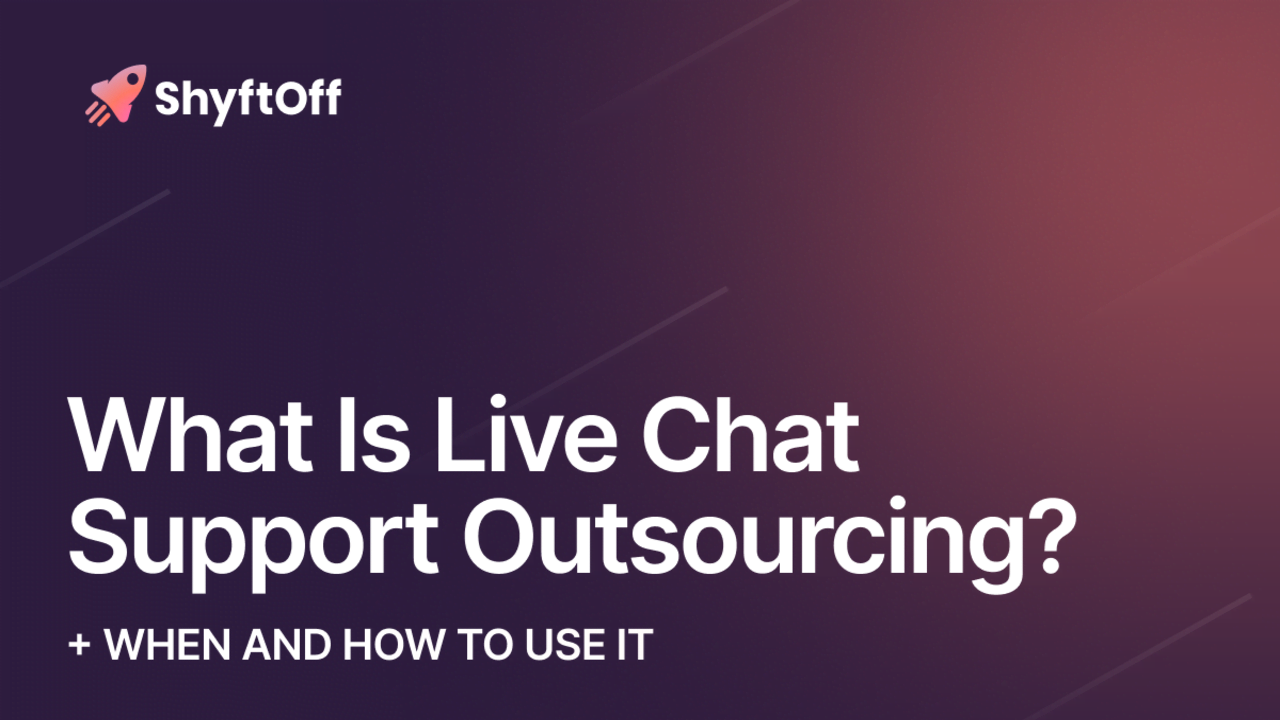
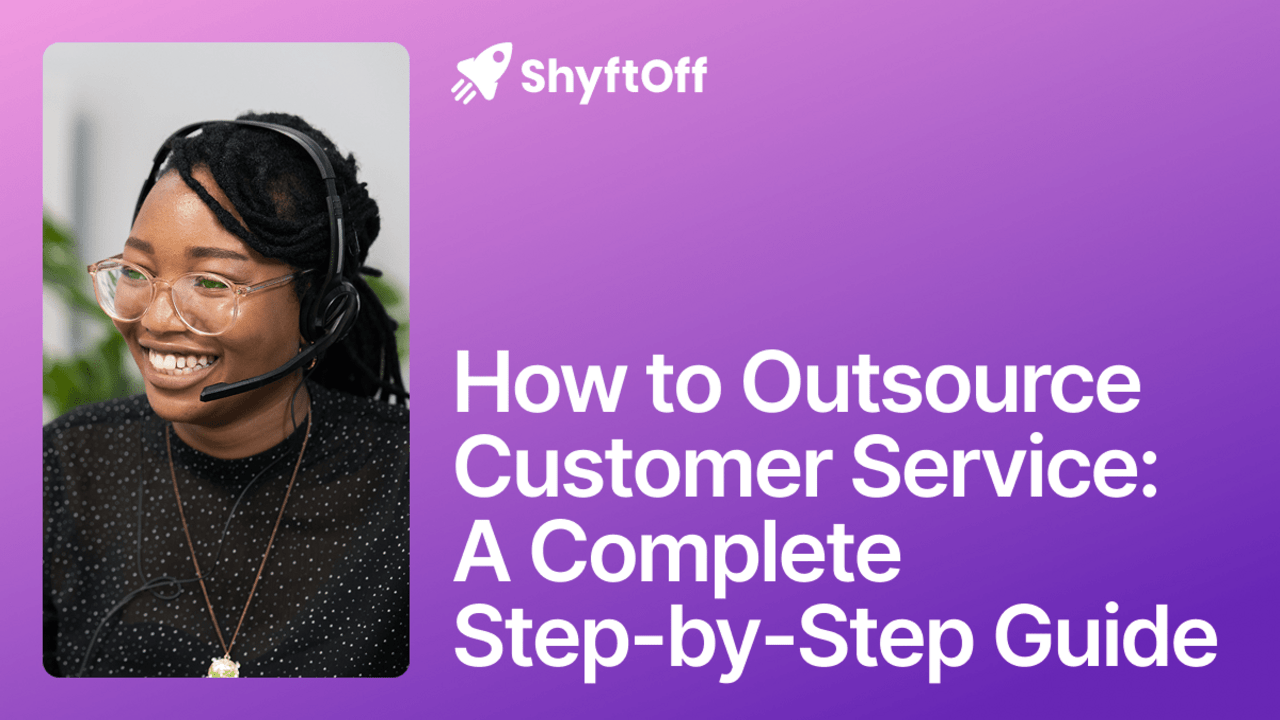


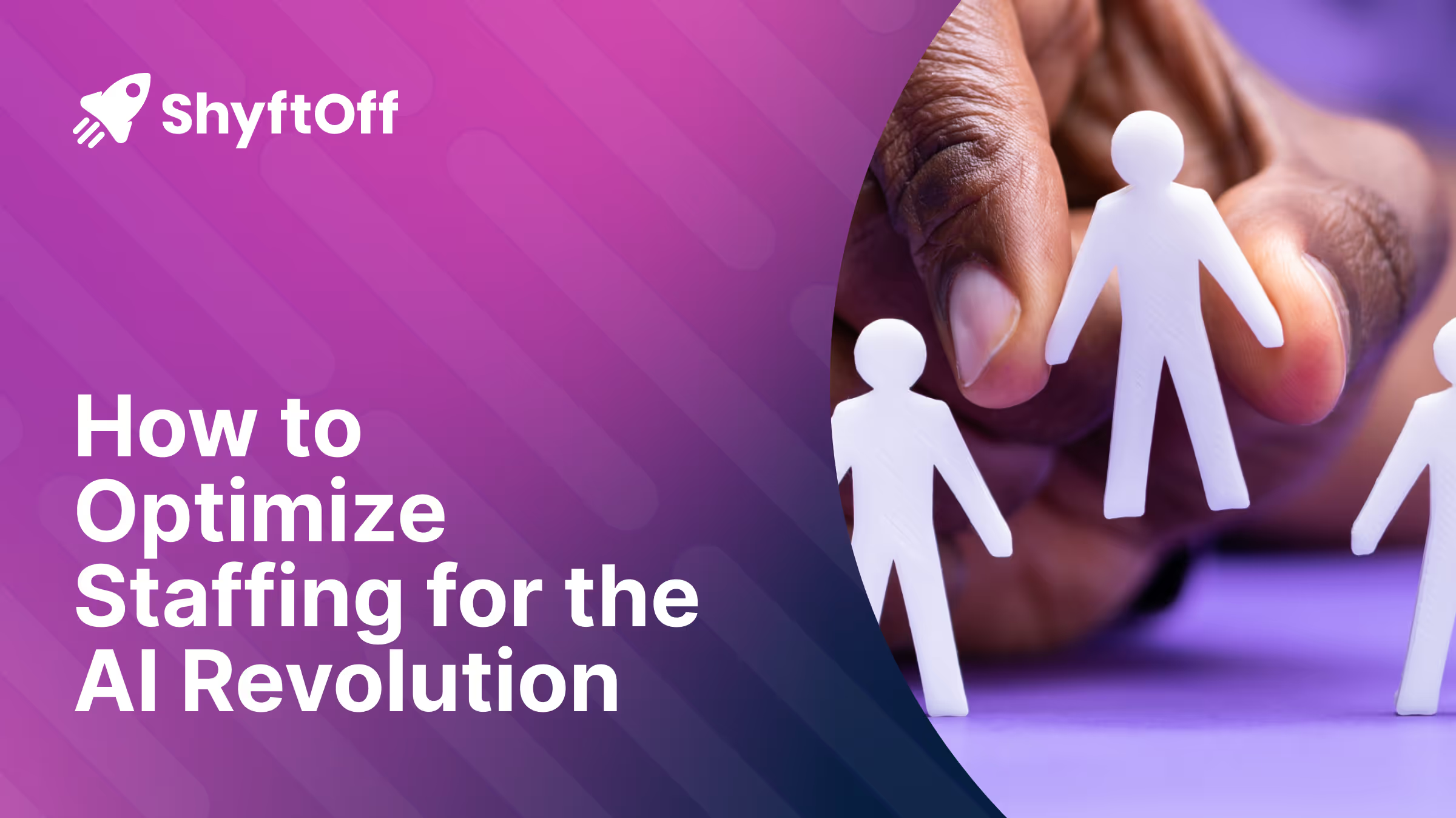
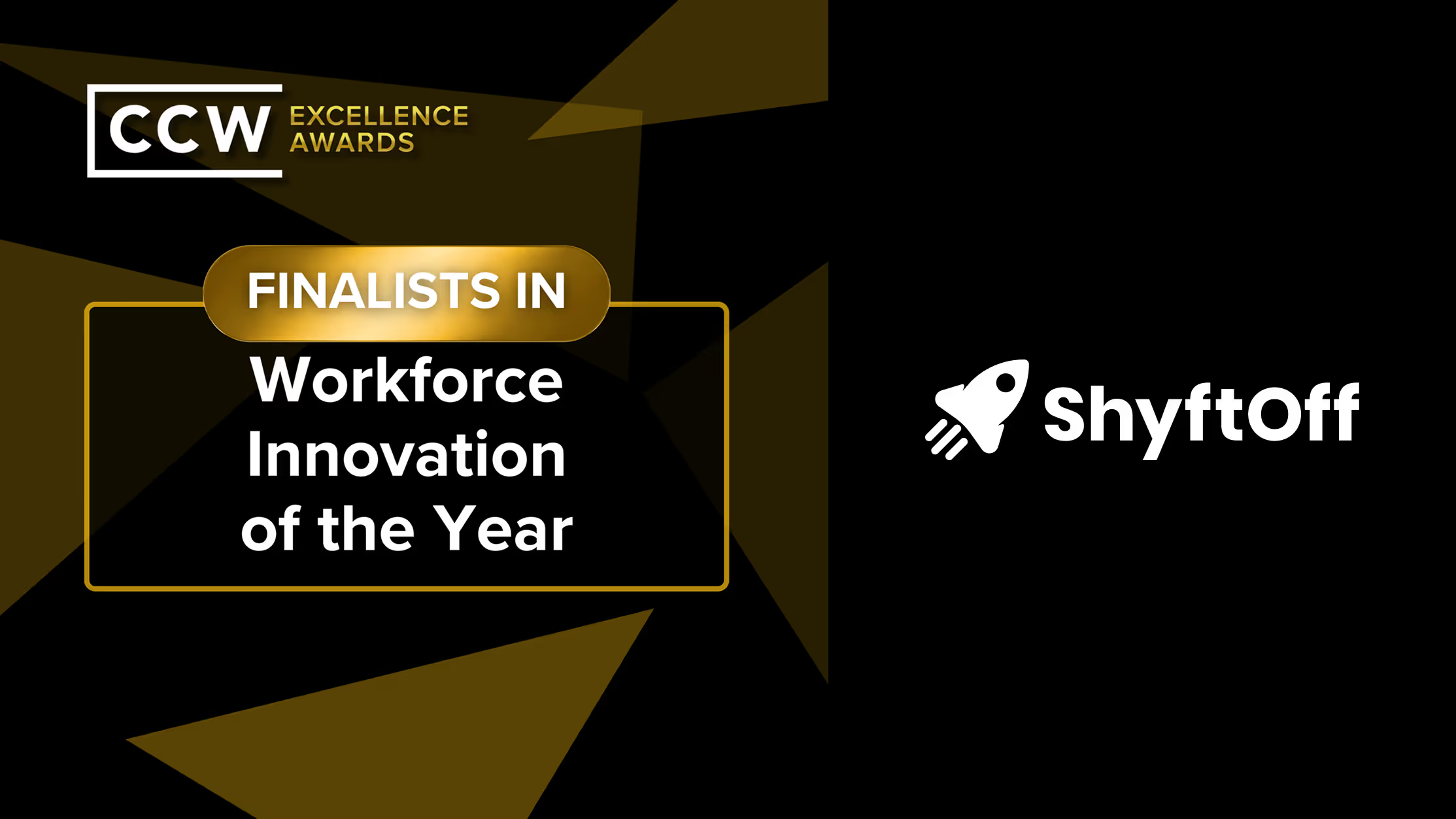


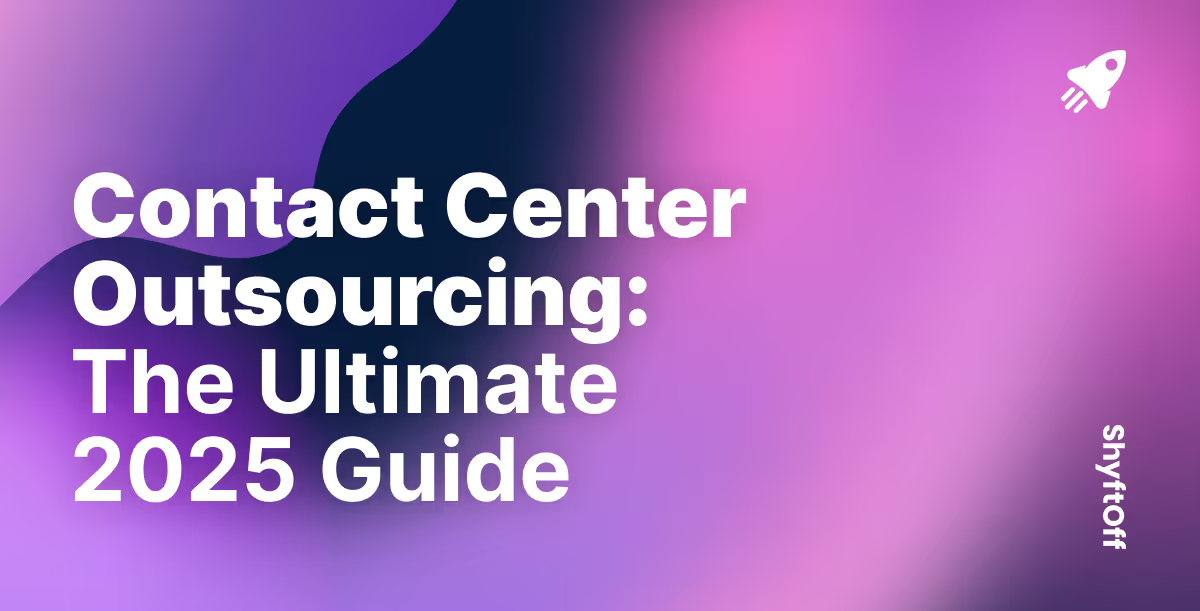
%2520(1)%2520(1).avif)
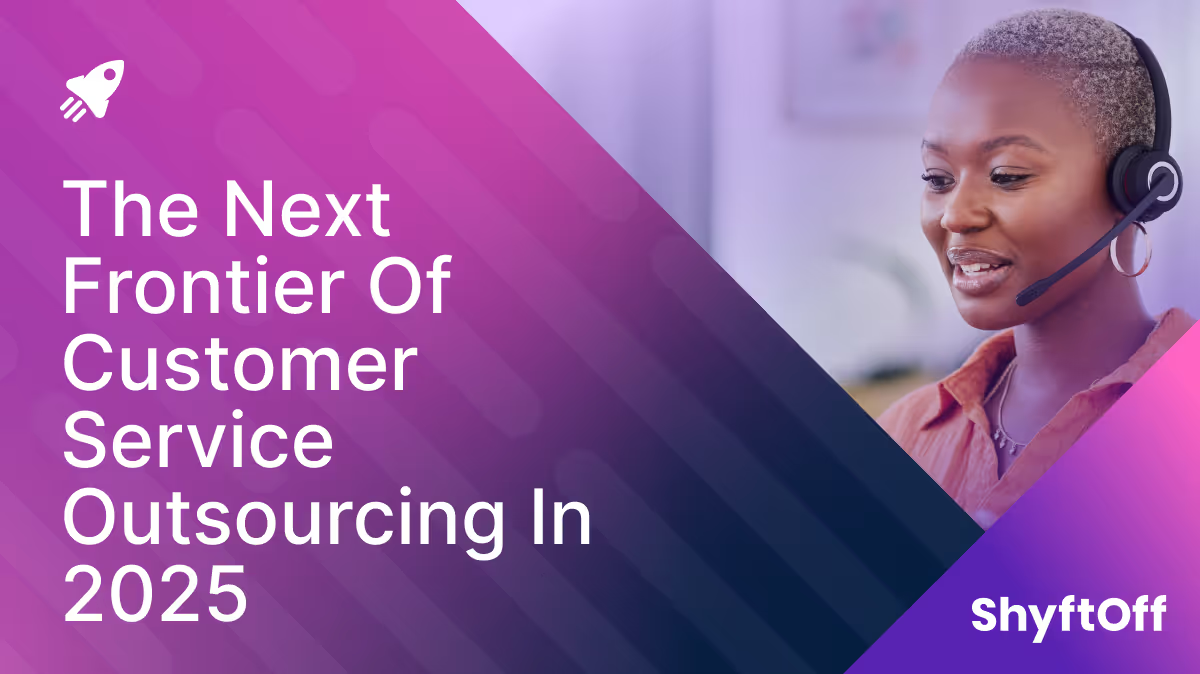
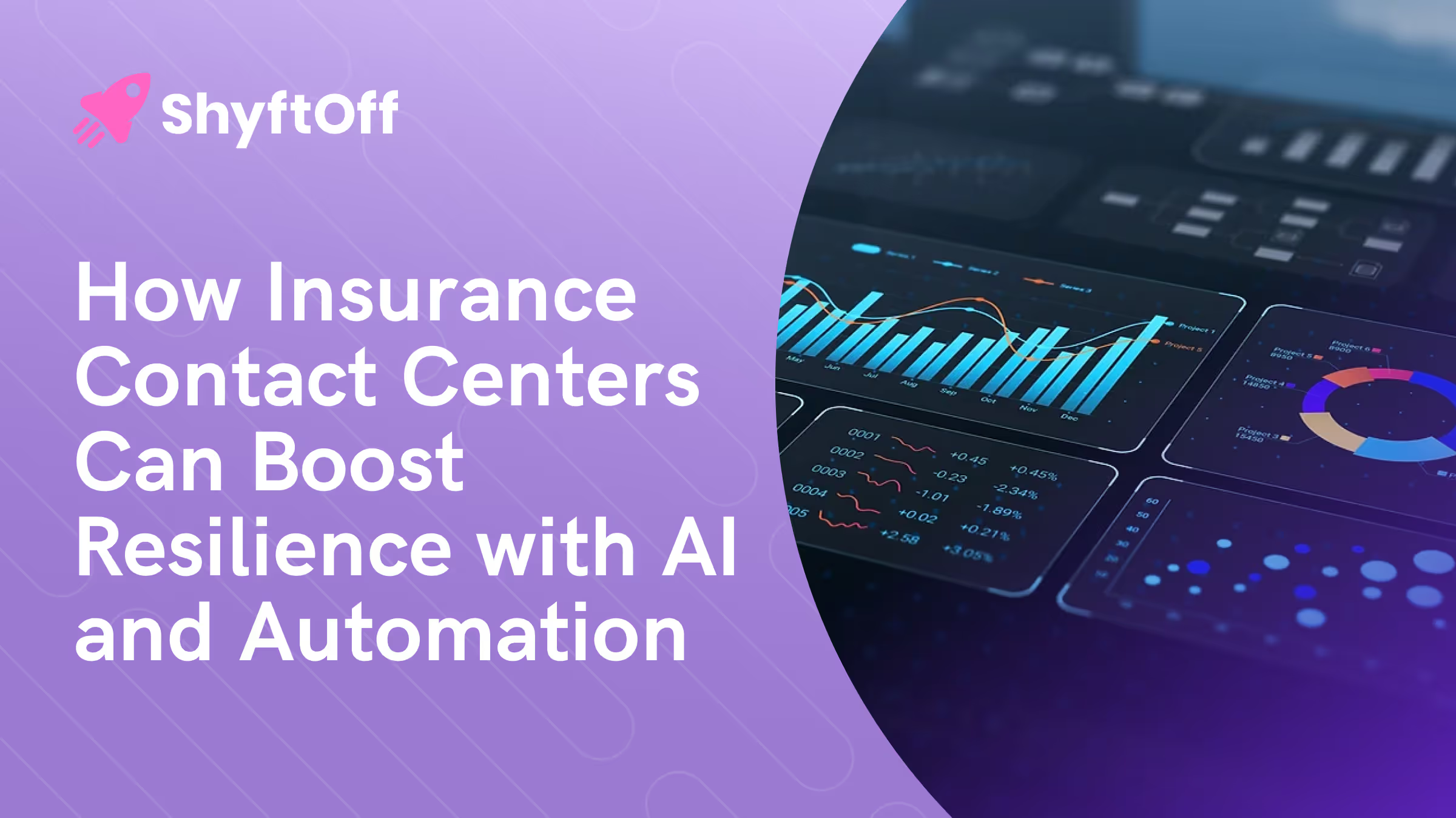


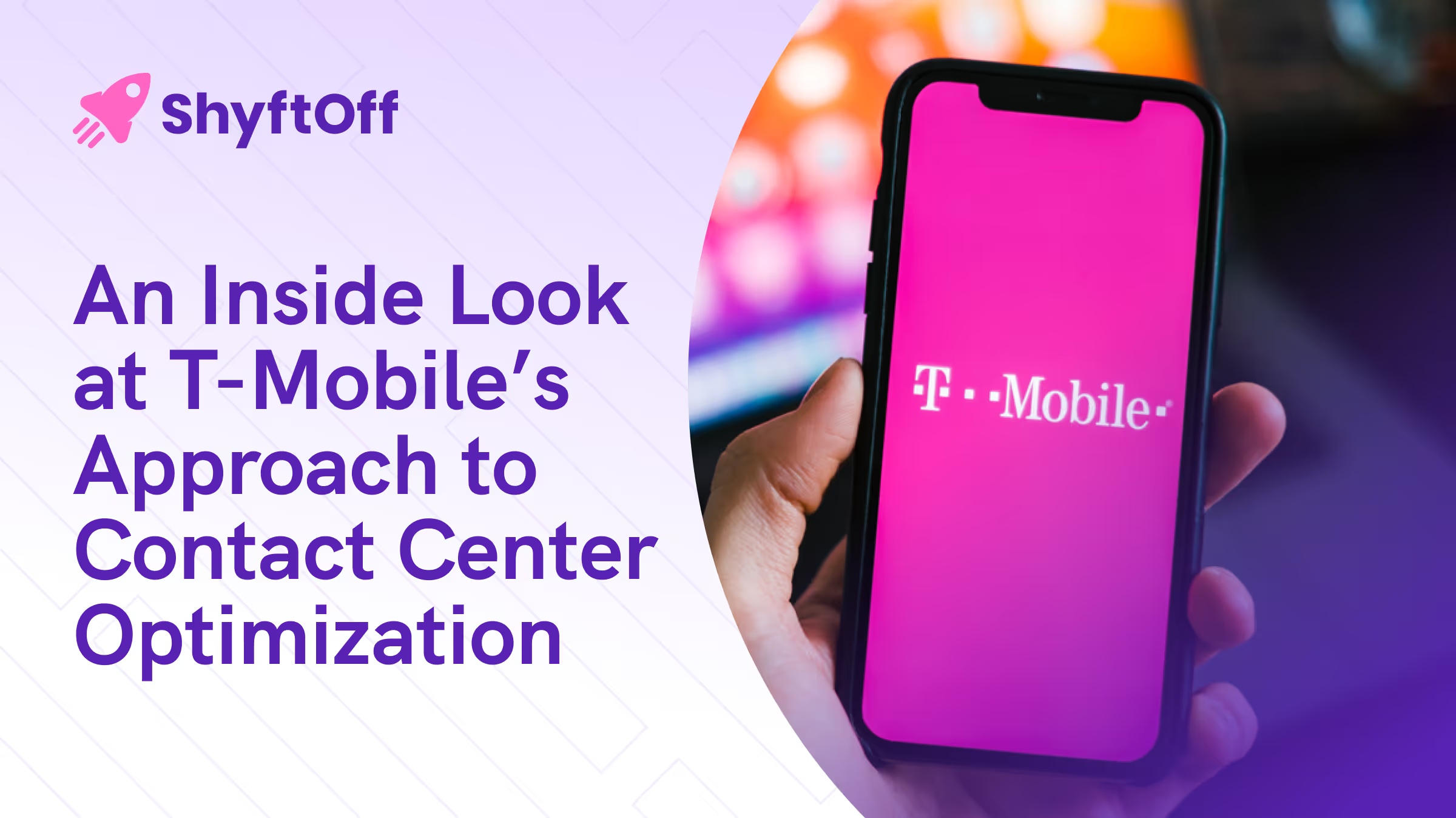
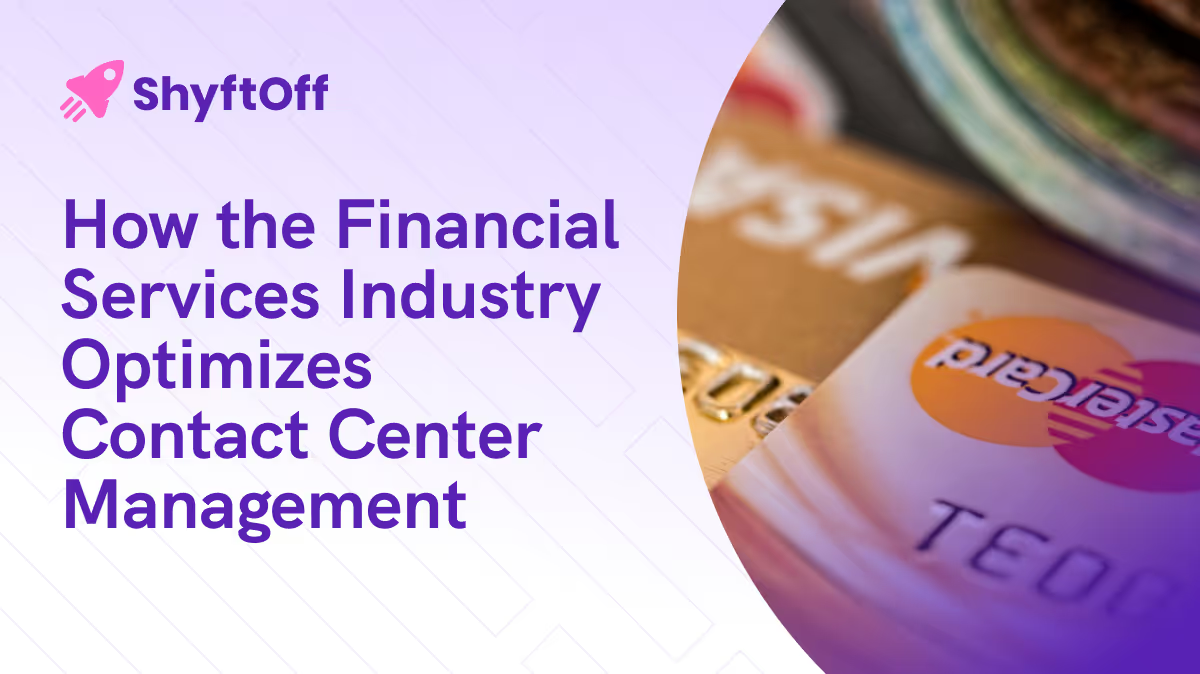
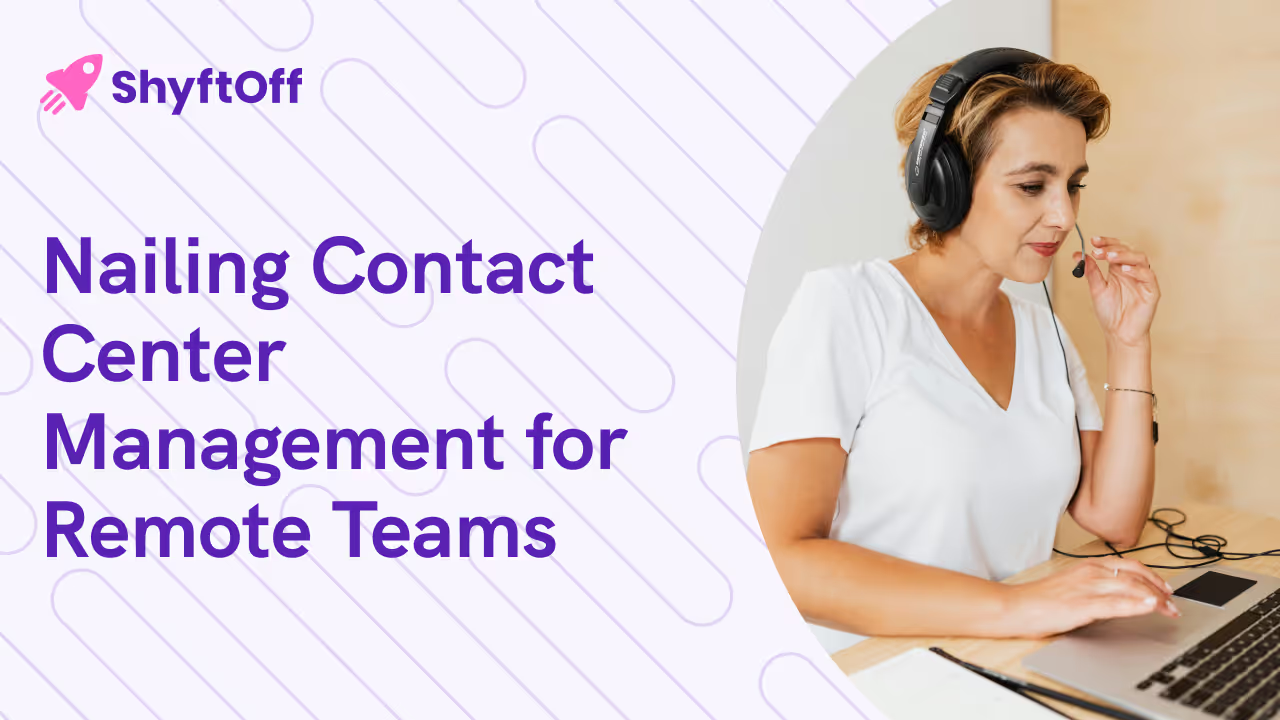

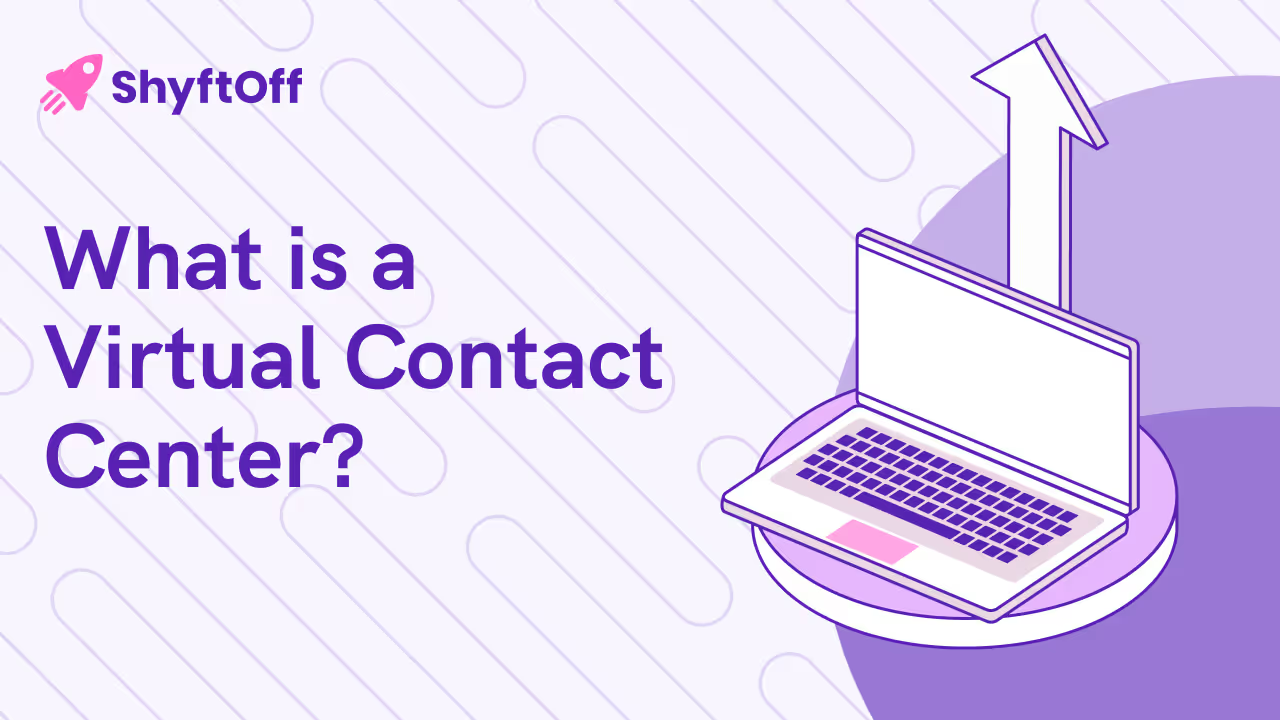
.avif)
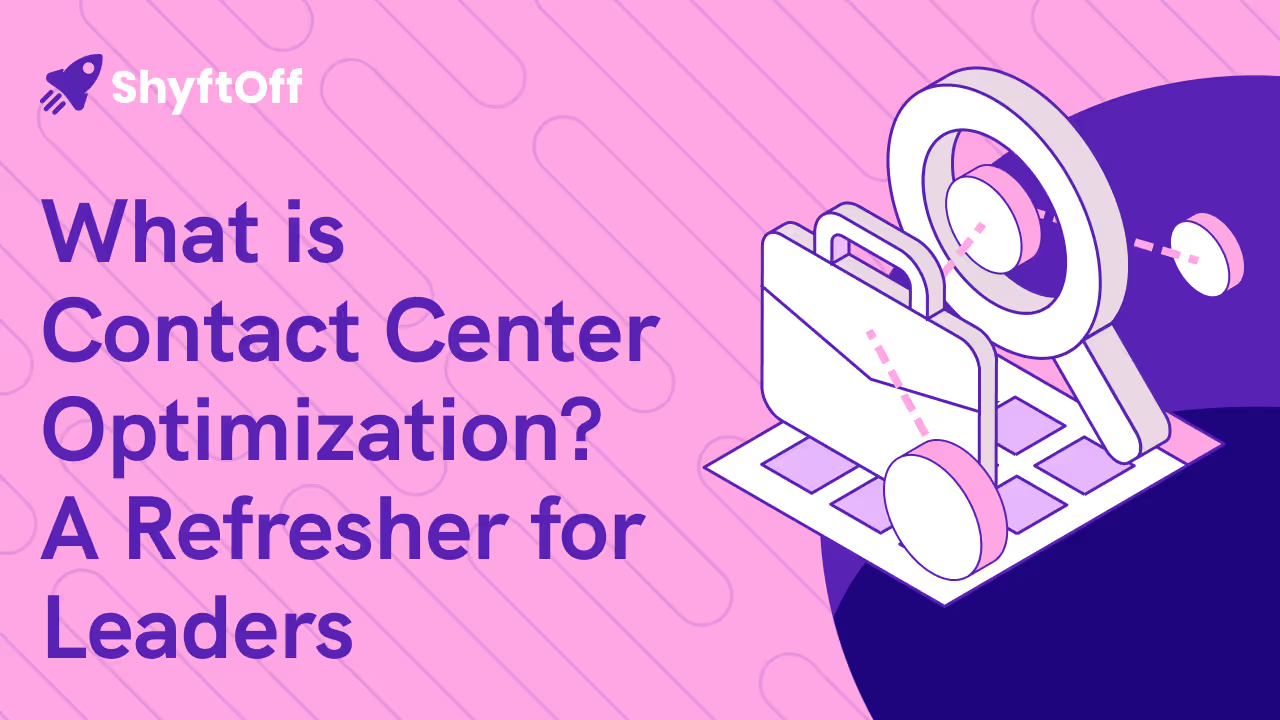

.avif)
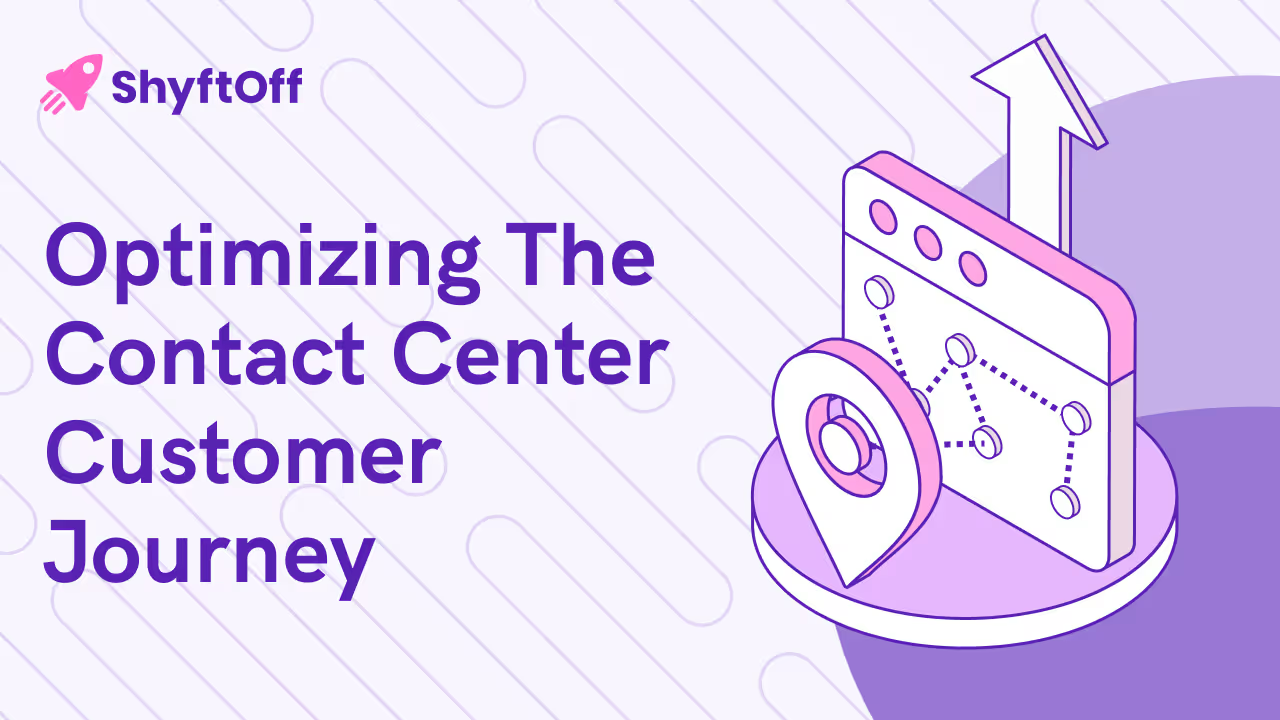

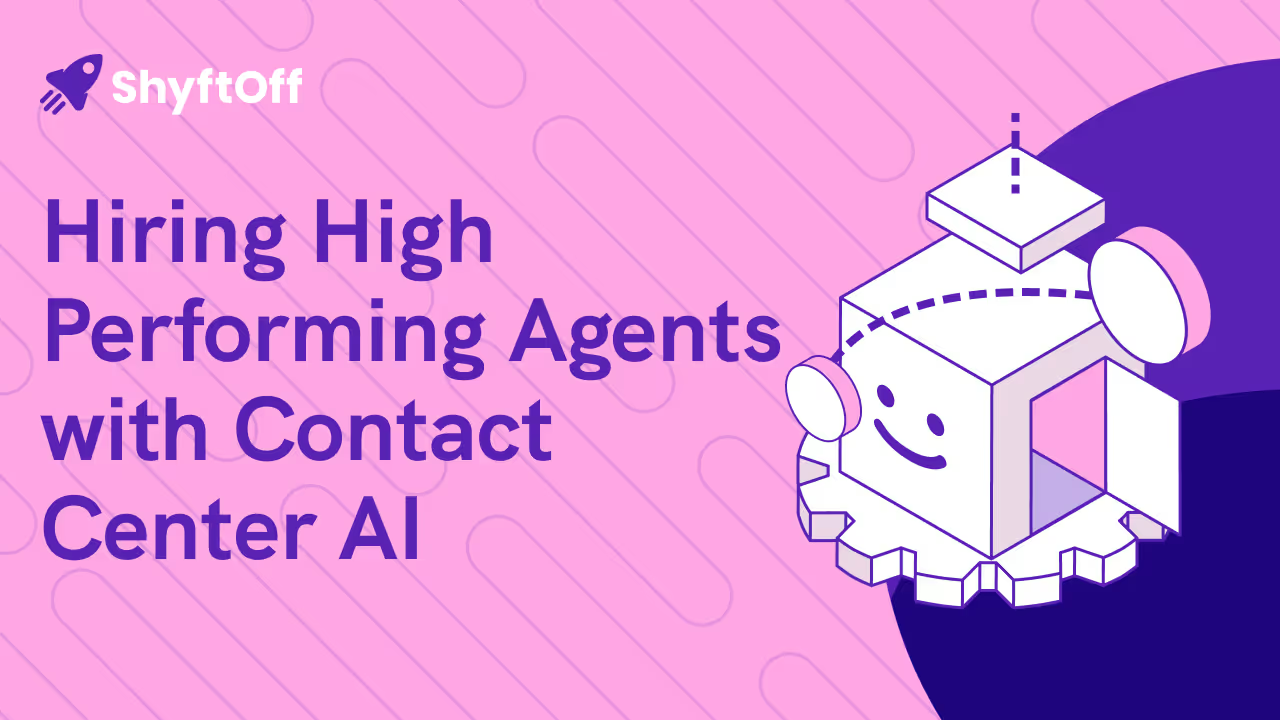
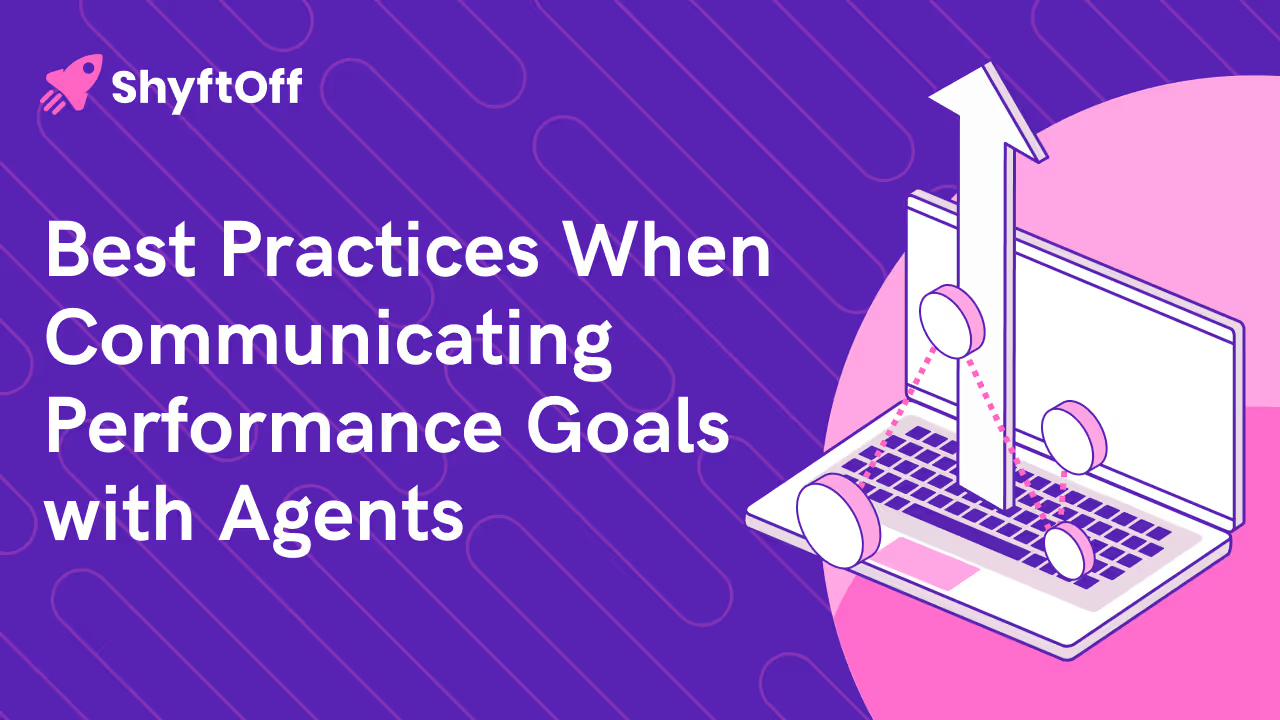
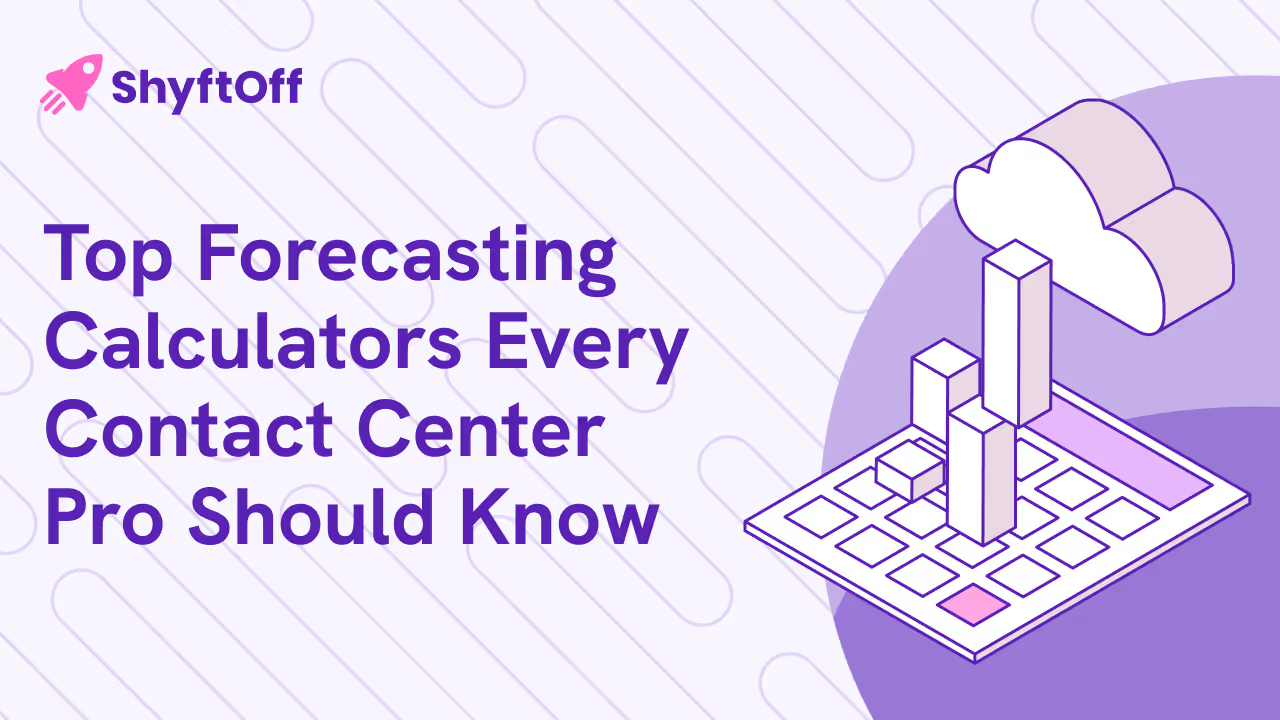
.avif)

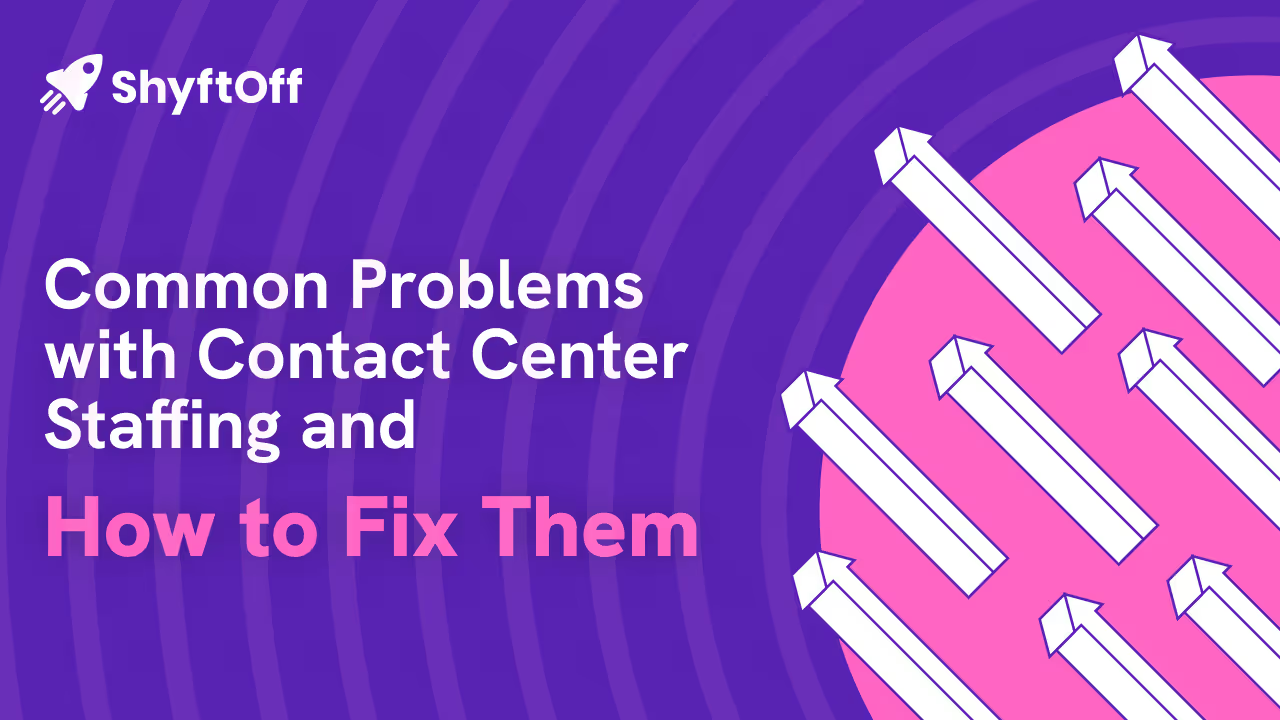

.avif)


.avif)



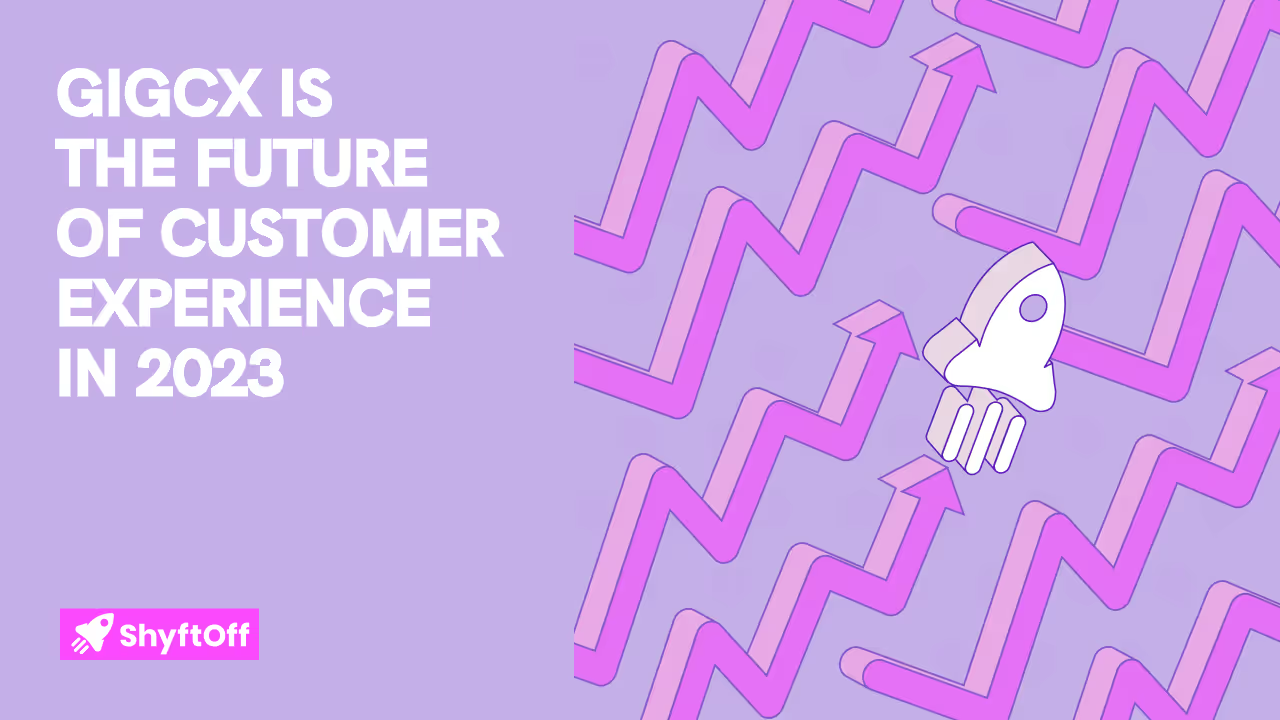
%2520(2).avif)

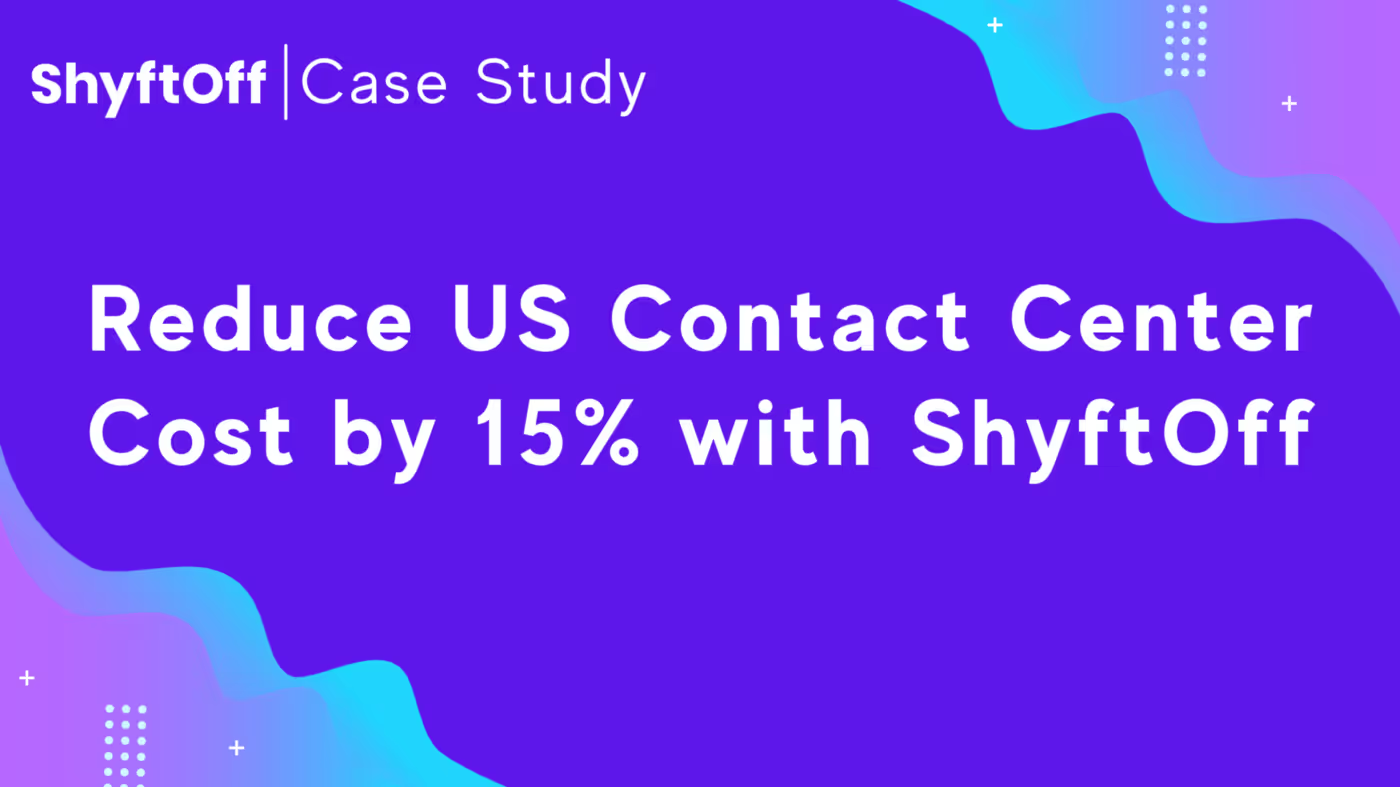
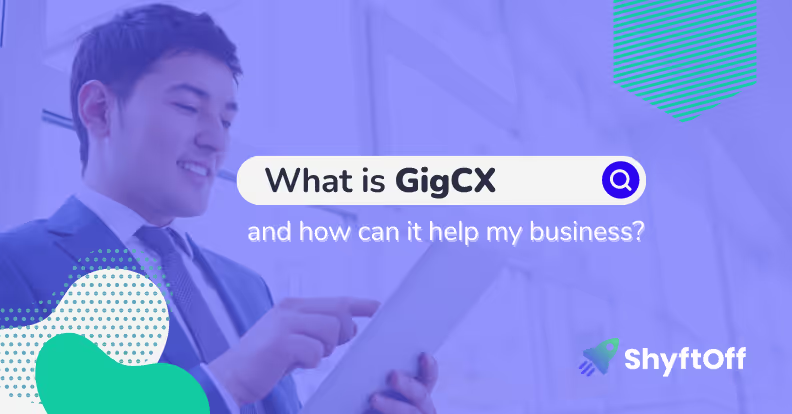
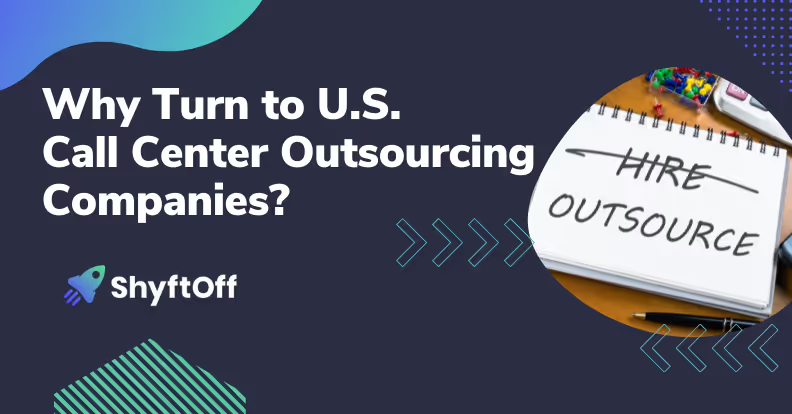
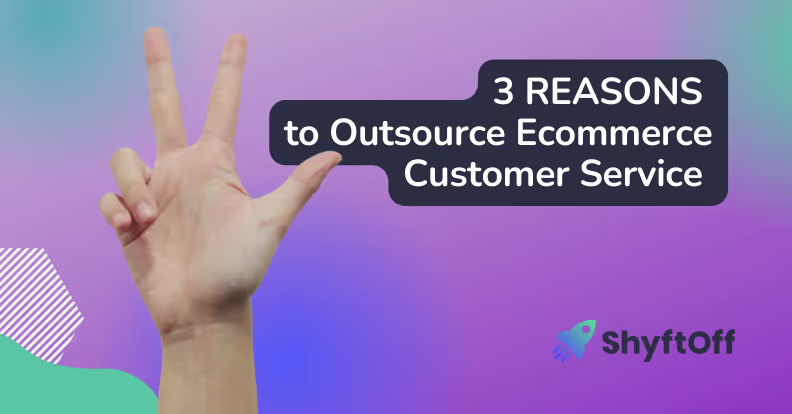
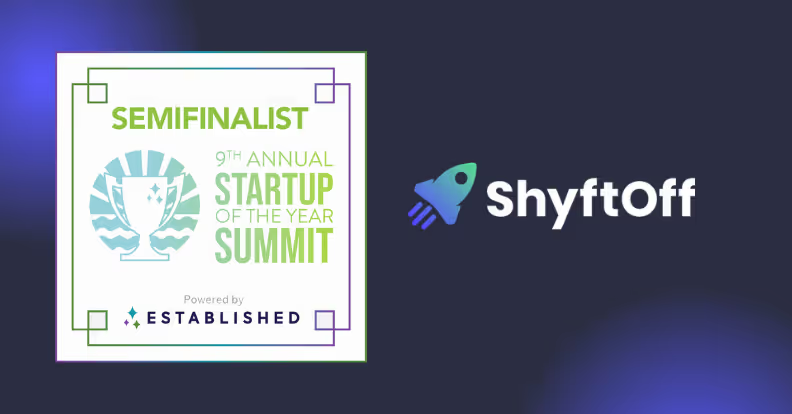


.avif)

